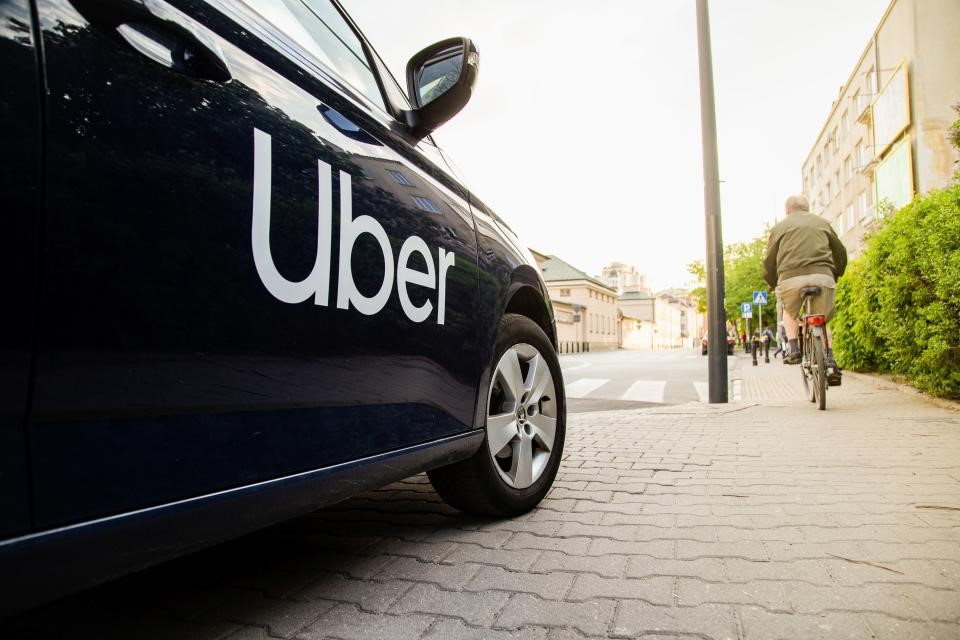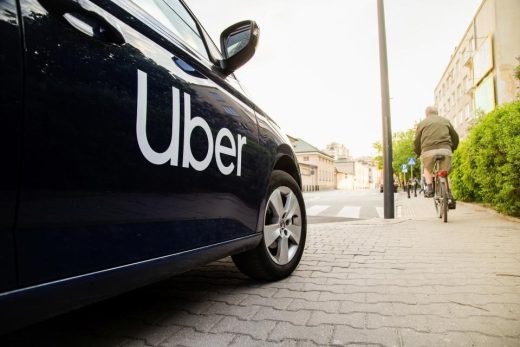Uber could launch a service similar to TaskRabbit
Uber is expanding availability of shared rides and other ‘green’ services
Its Carshare produce is launching in Boston and Toronto in the coming months.

Uber is expanding existing services and introducing new features meant to help it achieve its goal of becoming a zero-emission platform by 2040. To start with, the company is bringing UberX Share, its revamped carpooling service, to 18 more cities. That brings the total number of markets where it’s available to 50, allowing more people to share their commute with others going the same way.
For those who’d rather drive their own vehicle, Uber is also launching Carshare, a new product that allows users to borrow cars from private owners, in more locations. It initially launched in Australia, but it will roll out in Boston and Toronto in the coming months. The company believes that turning private cars into shared vehicles could lead to more livable neighborhoods around the world.
Uber Green is now also available in Australia, giving passengers the ability to choose hybrid or fully electric vehicles for their rides. And speaking of green options, Uber has updated its app so that its Emission Savings section in the Account page shows the emissions passengers have managed to avoid by choosing Green and Comfort Electric options.
To encourage travelers to choose either Uber Green or Comfort Electric, which gives riders access to top-rated drivers in premium zero-emission vehicles, the company has also introduced airport-specific perks. This summer, riders who choose either option will get lower fares and exclusive access to dedicated pickup zones at airports. Meanwhile, drivers with hybrid or electric vehicles will be able to use airport fast chargers for free or at discounted rates.
Uber is integrating smart charging features into its Driver app, as well, so that it can publish real-time charging prices and locations. The updated app will also have the ability to filter trip requests based on the vehicle’s battery level, so that drivers will end near a charger and don’t end up taking trips much longer than what their current battery level can handle.
The company announced way back in 2020 that it plans to be fully emission free by 2040. It’s hoping that by that time, it can offer 100 percent of rides in zero-emission vehicles, on public transit or with micromobility, such as bikes. (It is, by the way, expanding bikes to Chile in partnership with bike-sharing network Tembici.) Now it’s including Uber Eats in that pledge. It’s aiming to eliminate all emissions associated with its food delivery service by 2040 and to end all unnecessary plastic waste from delivery ten years earlier by 2030.
(21)



